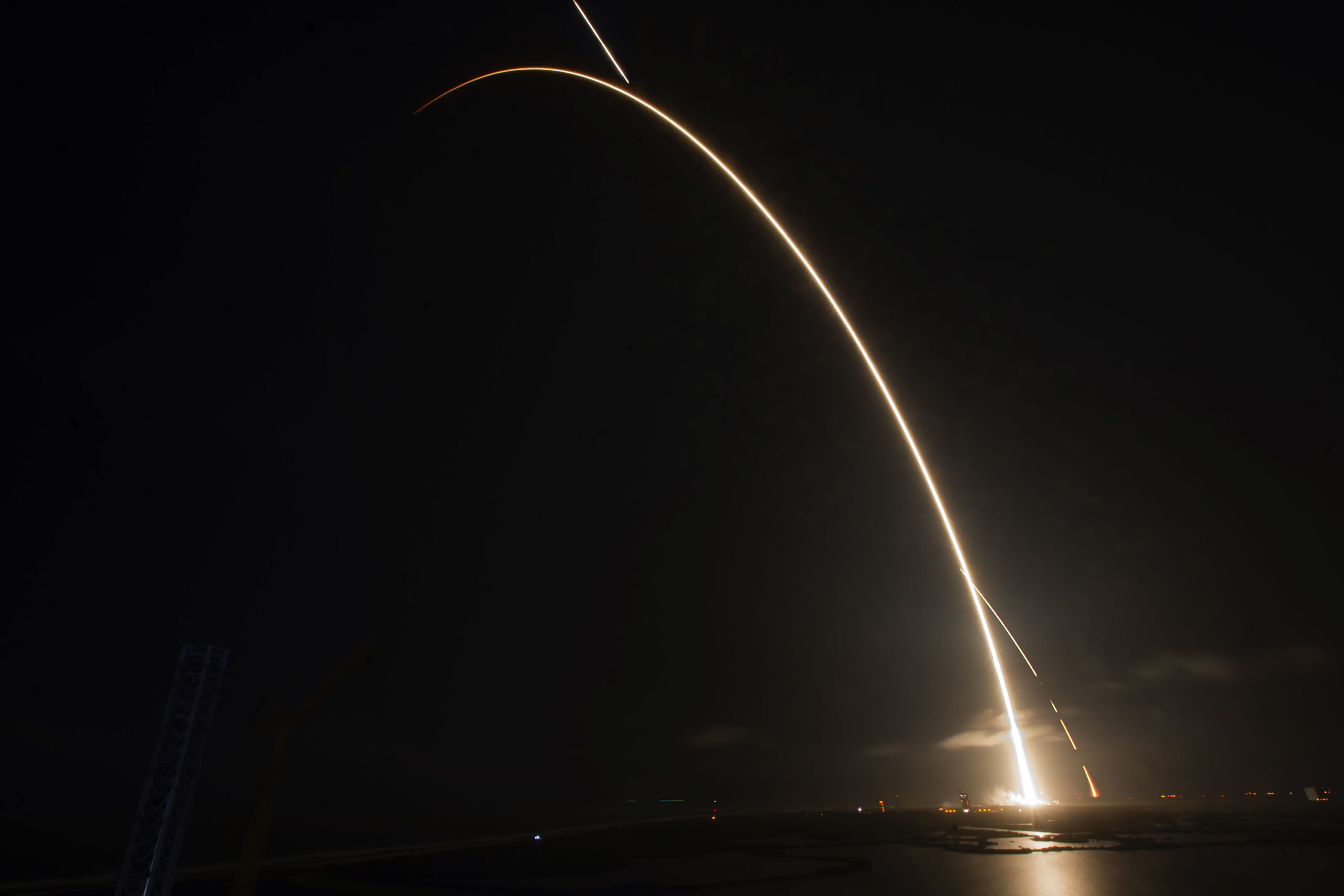Not only Artemis, SpaceX launched the Japanese ispace lander to the Moon

After the success of Artemis 1, SpaceX has launched the ispace lunar lander which could become the first private, and Japanese, aircraft to land on the Moon
While the Orion capsule of NASA's Artemis 1 mission was preparing to return to Earth , SpaceX launched the first private lander of the Japanese company ispace towards the Moon.
This mission from the Japanese company ispace is the first in a program called Hakuto-R. The lander, which is not designed for a human crew, carries a small 10-kilogram rover, called Rashid, and built by the United Arab Emirates.
If successful, ispace would be the first private company to land on the moon, a feat previously accomplished by global superpowers. So far only the United States, Russia and China have managed to land robots on the lunar surface.
The successful launch of Artemis I is "opening the door to the expansion of the lunar economy", commented Takeshi Hakamada, CEO of ispace, last November, before launching his first private mission to the Moon.
All the details.
ISPACE'S LUNAR LANDER TAKEN OFF VIA SPACEX'S FALCON 9 ROCKET
A Japanese lunar lander carrying two rovers and other payload lifted off Sunday via a SpaceX Falcon 9 rocket in a bid to become the first commercial spacecraft to land on the moon.
Originally scheduled for late November, the launch of Tokyo-based ispace Inc.'s Hakuto-R lander from Cape Canaveral Space Force Station in Florida followed two postponements.
The Japanese company's lander is not the only passenger on the SpaceX launch. Aboard the Falcon 9 rocket is NASA's Lunar Flashlight instrument, whose goal is to probe the deep, dark craters in the polar regions of the Moon.
THE FEATURES OF HAKUTO-R
The lander, which measures just over 2 meters by 2.5 meters, carries two rovers, one from the Japan Aerospace Exploration Agency (JAXA) and the UAE's Rashid rover, as well as an experimental solid-state battery from NGK Spark. a music disc containing the song “Sorato” played by Japanese rock band Sakanaction and other loads.
THE MISSION
Hakuto-R is expected to land around April 2023 on the visible side of the Moon, in the Atlas crater, according to the company. Why will Ispace take so long to get to the moon? The fuel-efficient trajectory allows the mission to carry more payload and carry less fuel, explains The New York Times .
THE CONSEQUENCES OF ARTEMIS 1
With Artemis 1, NASA has not only inaugurated a new era of exploration on the Moon, but also accelerated the "moon economy".
NASA's unmanned Artemis I mission showed companies looking to do business on and around the Moon that they were likely to have a major customer there in the next few years. The US agency plans to send people to the lunar surface by 2025 and eventually create a "sustained" lunar presence. Private companies, including ispace and Astrobotic, are already planning to send missions to the lunar surface, delivering cargo not only for government customers, but other companies as well.
THE OBJECTIVES OF ISPACE
Like Musk's goal of building a colony on Mars, ispace wants to build a human settlement of about 1,000 people on the Moon by 2040, and the company plans to ferry equipment to Earth's satellite to make it a habitable shopping mall.
Furthermore, the success of Ispace would strengthen Japan's space program, notes Bloomberg . JAXA had contracted Mitsubishi Electric Corp. to build the country's first lunar lander for a possible launch in 2019, but delays have stalled the program. Last year, Japan's Lunar Industry Vision Council recommended greater cooperation between the state and private sectors to maintain competitiveness in the nascent space economy.
COLLABORATION WITH NASA
Finally, as the NYT recalls, the NASA program called Commercial Lunar Payload Services, or CLPS, has tried to send experiments to the surface of the moon. The first two missions, from Intuitive Machines of Houston and Astrobotic Technology of Pittsburgh, are scheduled to launch next year after significant delays. Intuitive Machines' lander, which could launch as early as March, could even beat Ispace to the moon because it uses a rapid six-day trajectory.
Not being an American company, Ispace was unable to participate directly in NASA's CLPS program. However, he is part of a team led by US-based Draper that won a $73 million contract under NASA's program. That mission is expected to launch in 2025.
This is a machine translation from Italian language of a post published on Start Magazine at the URL https://www.startmag.it/innovazione/non-solo-artemis-spacex-ha-lanciato-il-lander-della-giapponese-ispace-verso-la-luna/ on Tue, 13 Dec 2022 14:08:43 +0000.
